The Love Park, or Parque del Amor, is located in the Miraflores area of Lima. It is situated along the malecon which lies atop massive cliffs that cascade into a wide beach along the Pacific. The view can be breathtaking on a clear day, and especially romantic at sunset.
Legend has it that the origins of Parque del Amor lie with the Peruvian poet Antonio Cilloniz's lament "In the cities, they do not build monuments to lovers". Cilloniz has a valid point; most cities have monuments to war heroes and battles. This resonated with the town of Miraflores so they built El Parque del Amor in 1993 and opened it on Valentine's Day. The park is dedicated to all lovers and is artfully decorated in colorful mosaics, poems and a massive sculpture by Victor Delfin called El Beso (the kiss) which stands over the words of Anotonio Cilloniz. El Beso features two lovers embracing and is meant to celebrate the lovers who gather to watch the sunset over the Pacific.
It's a lovely park and definitely worth a visit if you find yourself in Lima. Happy Valentines Day!

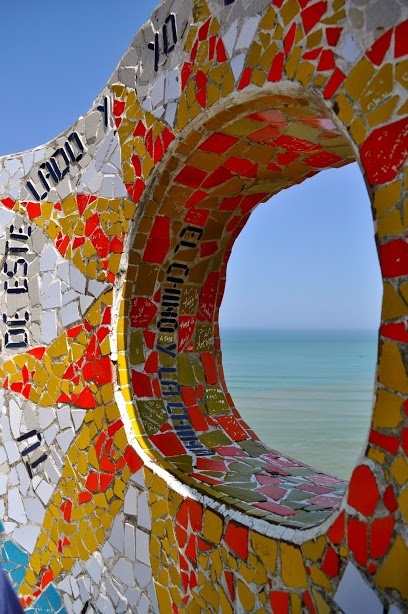
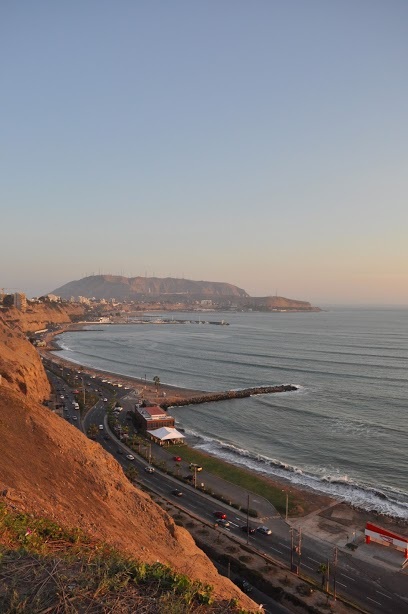
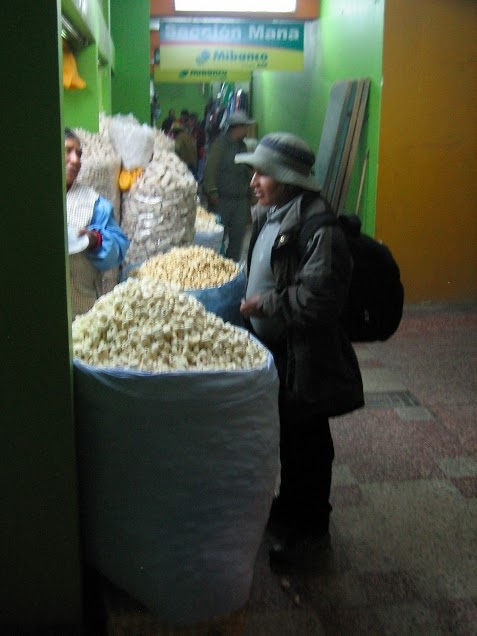
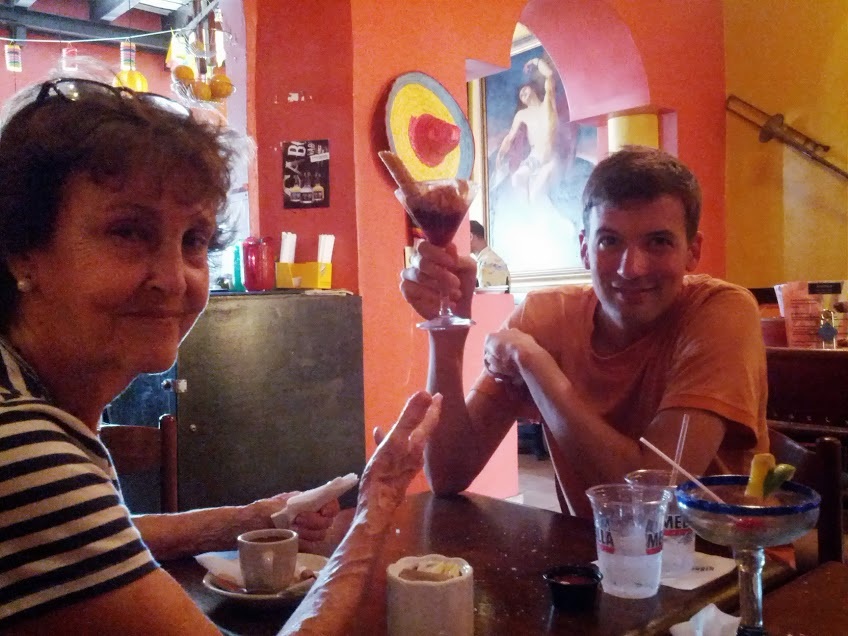
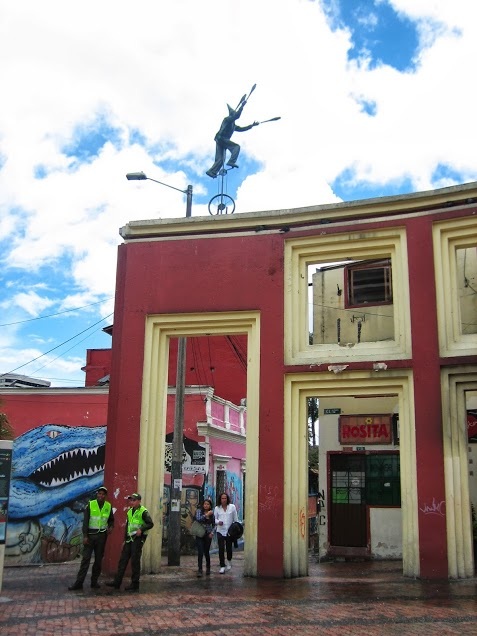
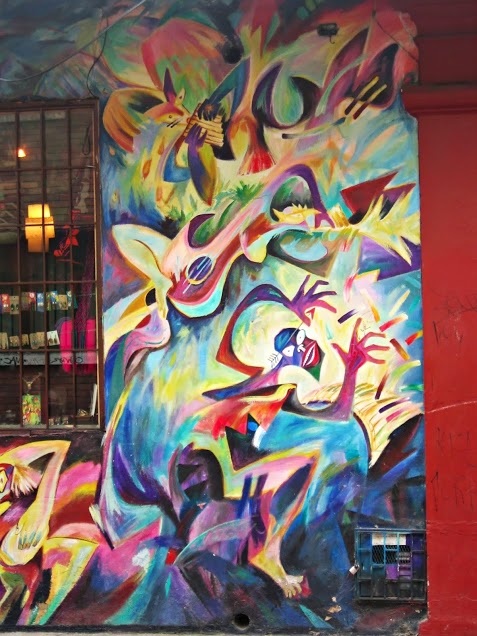
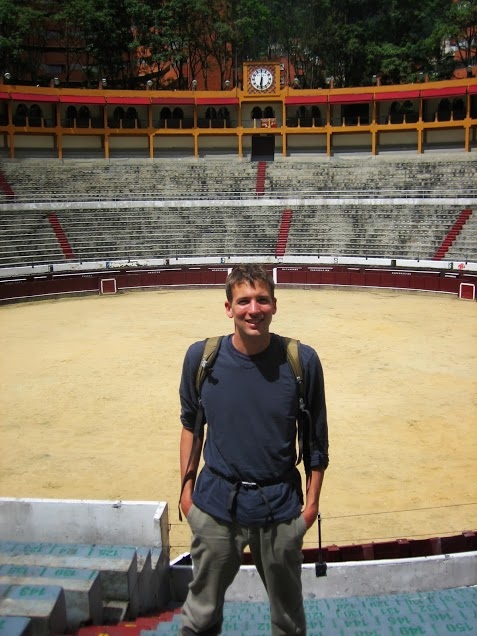
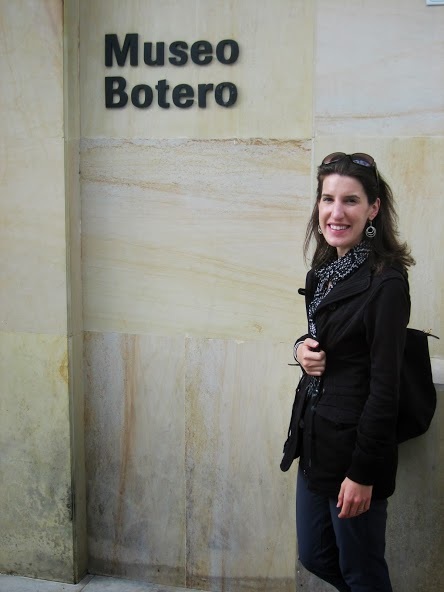
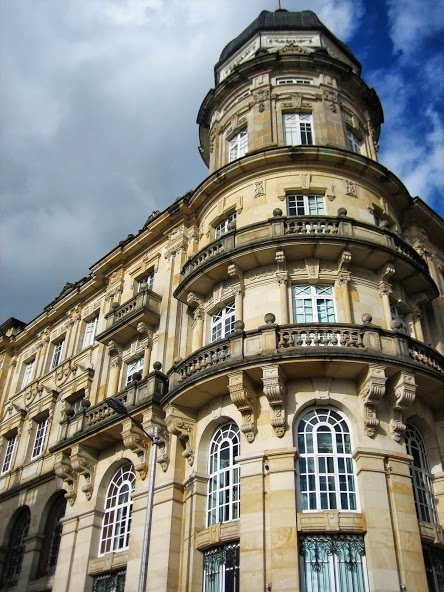
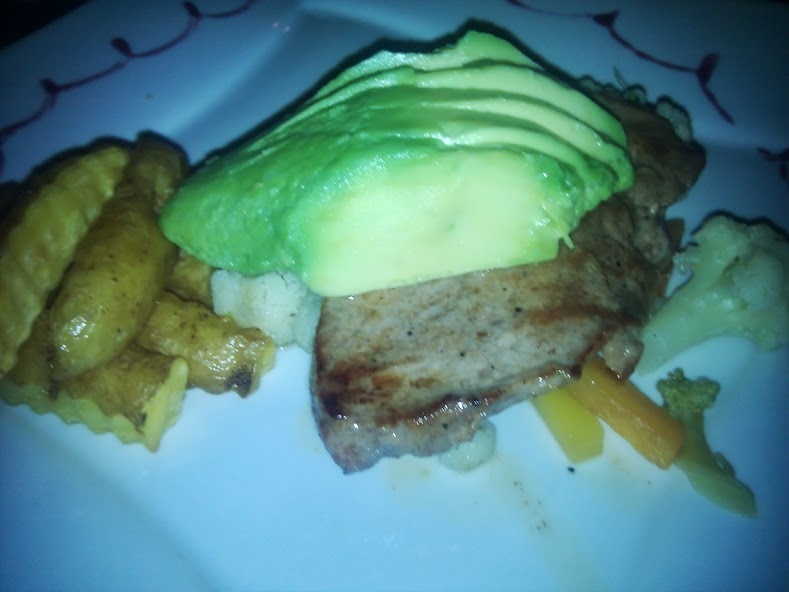
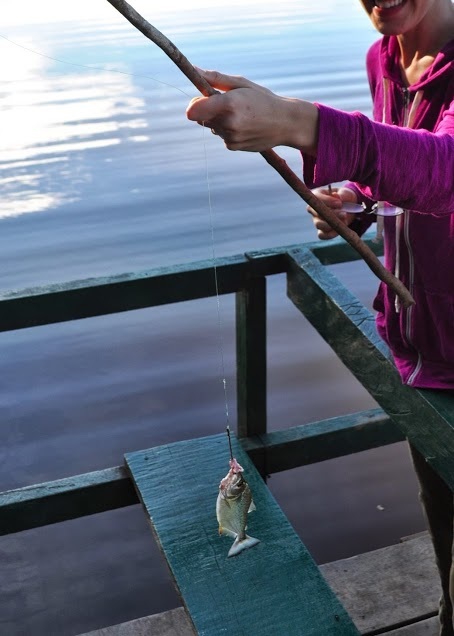
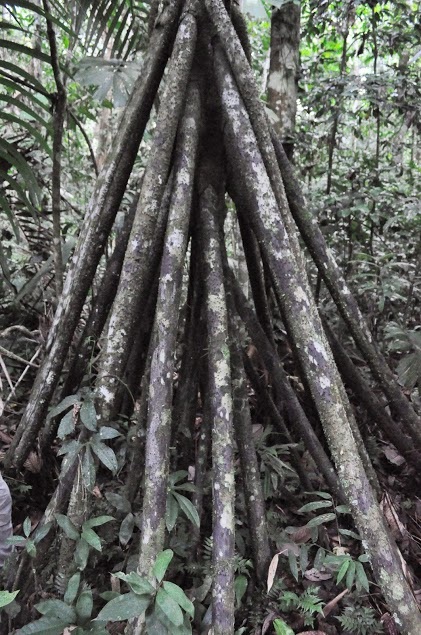
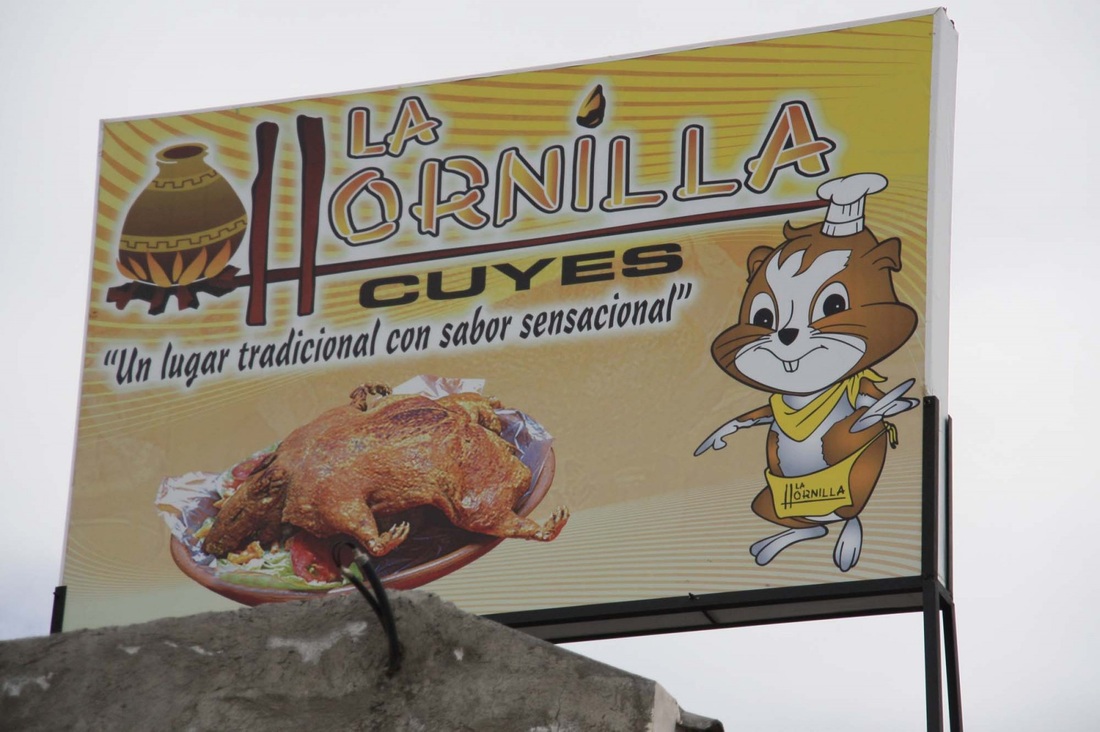
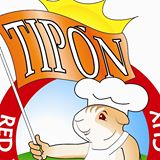

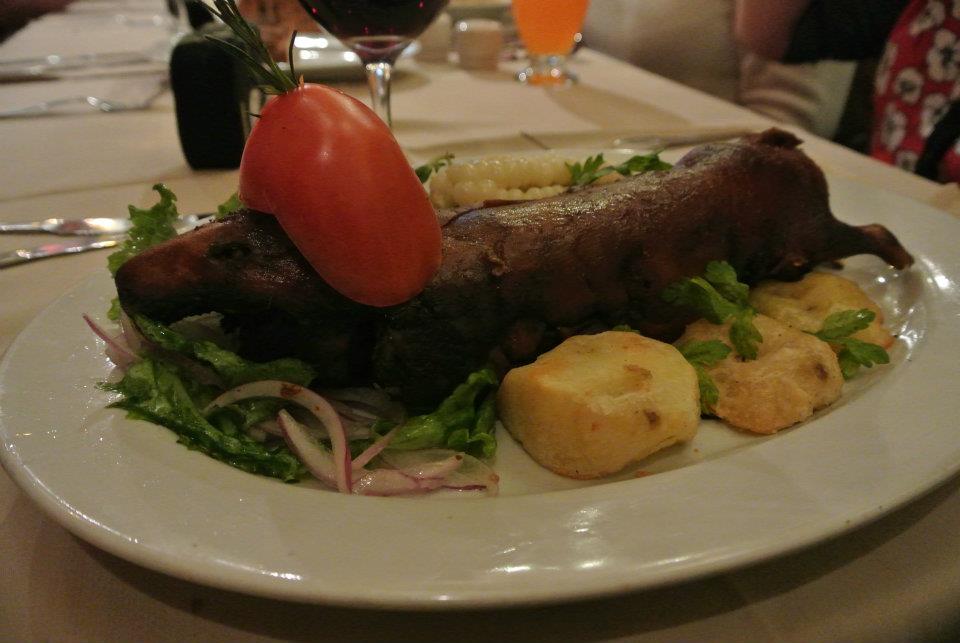
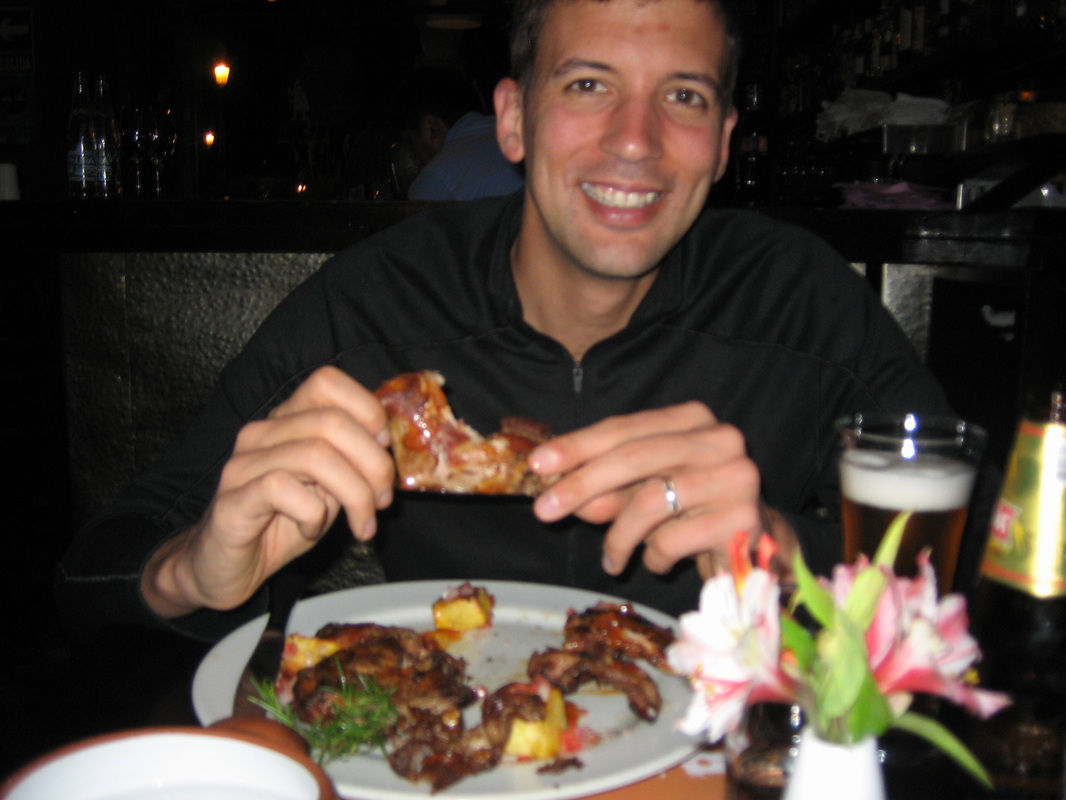
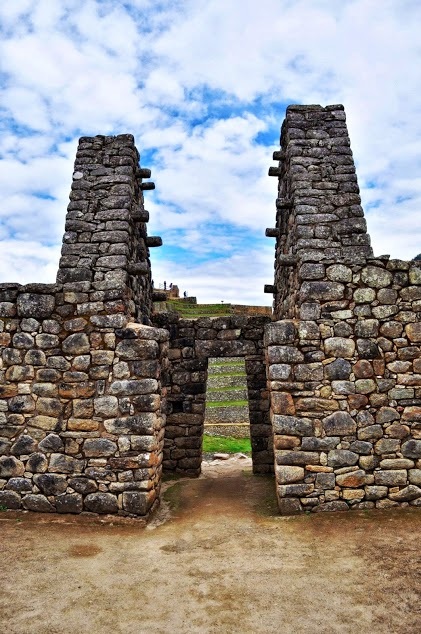


 RSS Feed
RSS Feed
